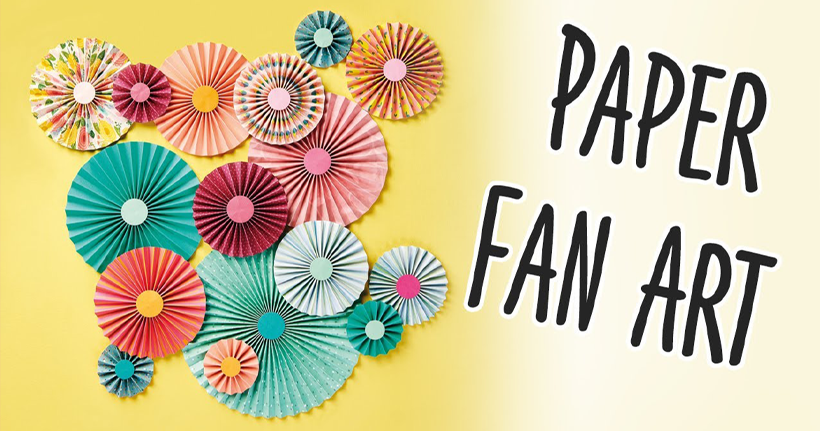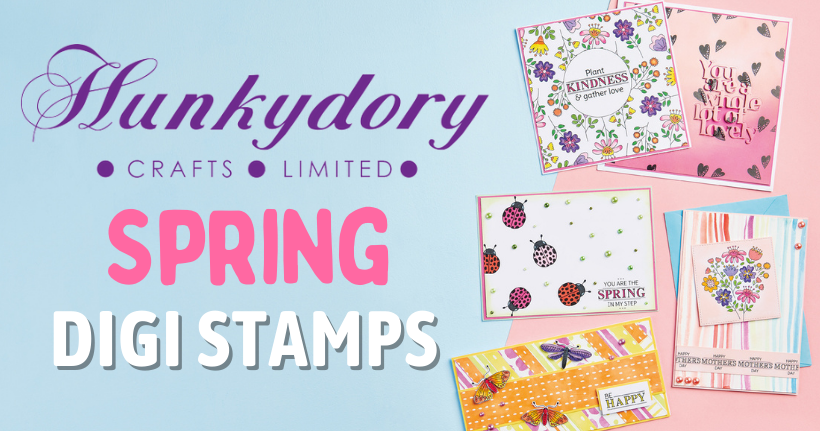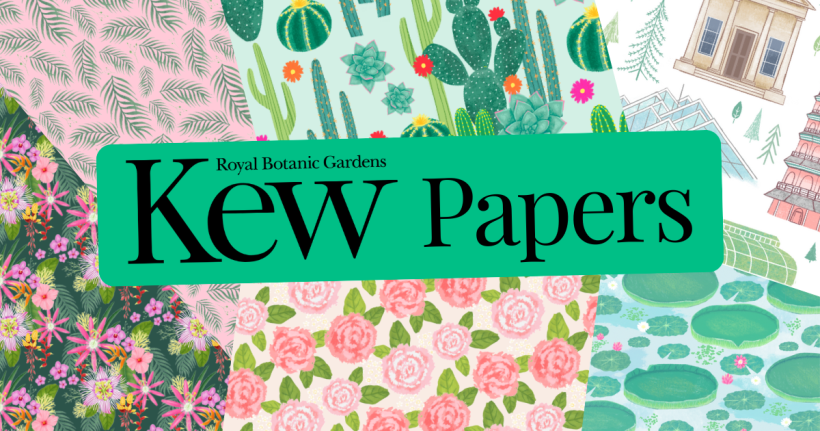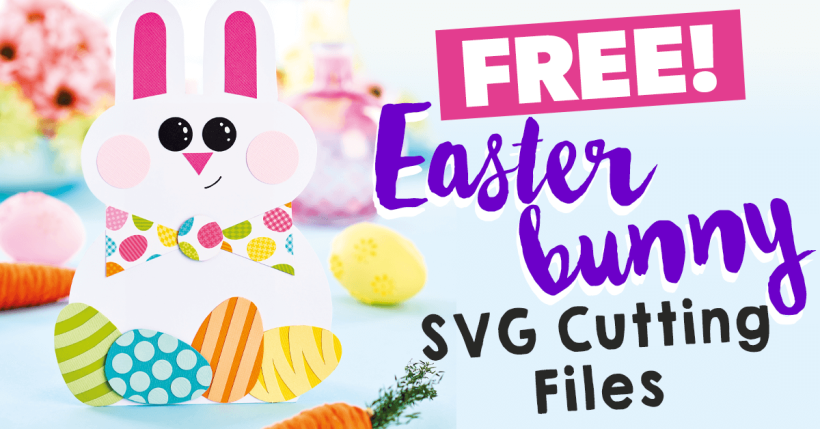1. LEARN HOW TO BLEND WITH ALBERTO GAVA

Credit:
https://www.instagram.com/loshakeratoalberto
• When colouring with alcohol markers I usually choose three pens for each colour. I start with the darkest one, then blend with the medium and at the end I finish with the lightest
• If you have a large space, use more than three markers for each colour so you can add extra dimension to bigger areas
• Always swatch your markers before using them and don’t trust the colour on the cap. The caps are made from plastic and are never 100% the true colour of the marker
• If you like high-contrast images, then you can use different colouring mediums to create shadows or highlights. I use a black pencil to add dark shadows to my colourings and a white gel pen to apply highlights.
2. LESLEY OMAN'S TOP TIPS

Credit:
https://www.instagram.com/hungryheffy
• Using small circles where you overlap your colours and shades will help you to create a nice blend
• For fur and hair, you can use flicking motions with your markers to create a more textured look
• Greys are your friend. For areas where you want something to look white, use light greys instead to create some shading
• If you don’t have a dark tone of your chosen colour, simply blend it with a dark grey – it will really make your image pop! Plus, using a few strokes of grey marker behind your motif to create a ground will really anchor your design and make it stand out.
3. KITTY DAY'S EXPERT ADVICE

Credit:
https://www.instagram.com/kittyskraftycards
• When it comes to colouring in your stamped motifs, I recommend building it up step-by-step. Remember, you can always add colour, but it can’t be removed, so only add a small amount to begin with
• As well as a gradual approach, use your darker hues on the outer edges of your motifs to help with seamless shading
• Achieving good blending and shading isn’t all about which colours you use, but how you apply
that colour. Adjust the pressure you apply to your alcohol markers for a perfect blend.




















